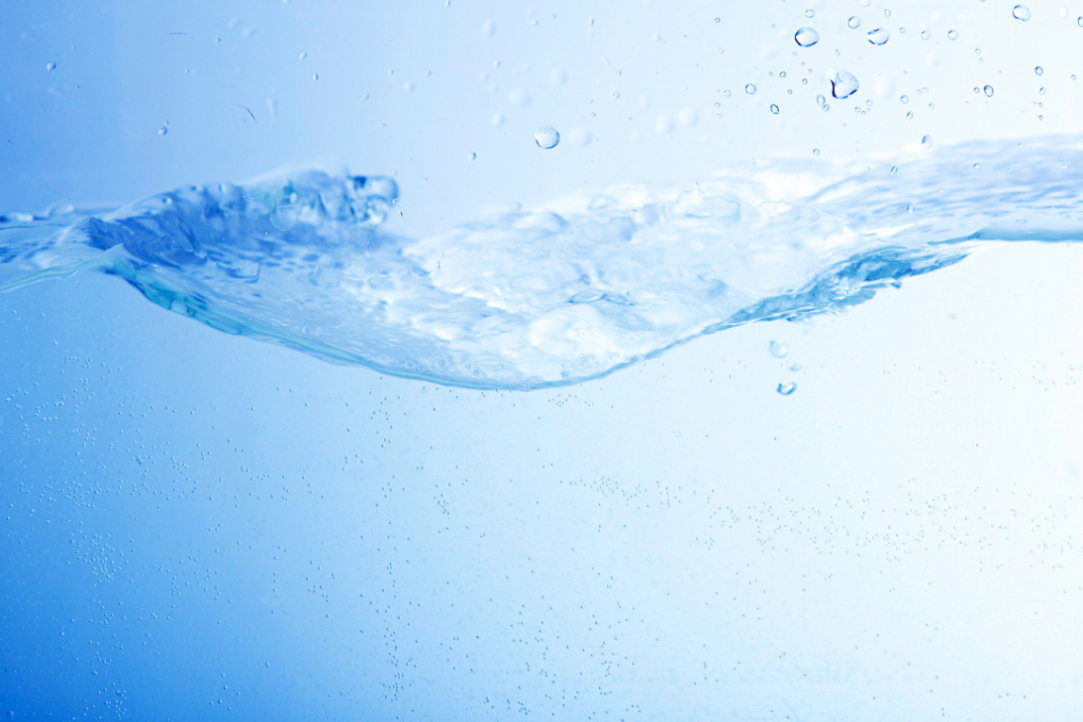HSE Scientist Optimises Solution of Hydrodynamics Problems

Supercomputers are no longer required to calculate fluid flows in multiscale problems.
Roman Gaydukov, Associate Professor at the MIEM HSE School of Applied Mathematics, has modelled the fluid flow around a rotating disk with small surface irregularities. His solution allows for predicting fluid flow behaviour without the need for powerful supercomputers. The results have been published in Russian Journal of Mathematical Physics.
Hydrodynamics studies the motion of fluids and their interaction with solid surfaces. This branch of physics makes it possible to understand and predict the behaviour of fluids and gases under various conditions. In particular, the principles of hydrodynamics are used in electrochemistry for calculating the reactions of galvanisation, such as silver molecules adhering to a metal surface, and oxidation, such as patina formation on copper.
These processes use a disk electrode, which is a flat metal plate that rotates in a fluid. To accurately calculate electrochemical reactions, it is essential to understand how the fluid moves around the electrode and what conditions that need to be maintained. To achieve this, scientists must account for numerous variables, while even minor irregularities on the disk surface can greatly influence fluid flow, leading to complex and unexpected effects.

Earlier studies focused solely on symmetrical irregularities, but a scientist at HSE University examined a more complex case. Roman Gaydukov calculated how fluid flow would change with the presence of asymmetrical irregularities on the rotating disk surface.
To do this, he used the method of multideck structures of boundary layers, making it possible to decompose the three-dimensional problem into a series of two-dimensional ones. This method helps solve complex hydrodynamic problems at high Reynolds numbers, where direct modelling is impossible. Although this method has been known since the late 1960s, a rigorous mathematical formulation was only recently developed by the author of the paper together with Professor Vladimir Danilov. The mathematical algorithm of the method can be integrated into any symbolic computation software.

Roman Gaydukov
'Under real conditions, perfectly smooth surfaces do not exist. We have demonstrated how small irregularities on the disk surface affect fluid flow by creating vortex zones and altering the structure of the boundary layer,' explains Roman Gaydukov. 'Our method allows modelling a problem within a few hours, whereas it could take days or even weeks on a supercomputer. This not only saves time but also reduces the cost of computational resources. The method works effectively for large but finite Reynolds numbers.'
The Reynolds number is a dimensionless quantity that describes the relationship between inertial and viscous forces in fluid flow. A large Reynolds number signifies the dominance of inertial forces, which often results in turbulent (chaotic) flows, while a small Reynolds number indicates the dominance of viscous forces, leading to laminar (ordered) flows.
The developed approach can be used to accurately model fluid motion during chemical reactions, with potentially wide applications in industry.
In the future, the scientist plans to extend his research to more complex systems involving interactions between different phases, such as liquid droplets in an air stream or aerosols. This will enable a deeper understanding of the processes in multicomponent and multiphase systems and help improve existing models.
According to Gaydukov, 'Together with my graduate student Nikita Burov, we plan to investigate how the shape of fluid droplets changes as they move through an air flow and how the droplets, as irregularities—including their potential freezing—affect the flow.'

